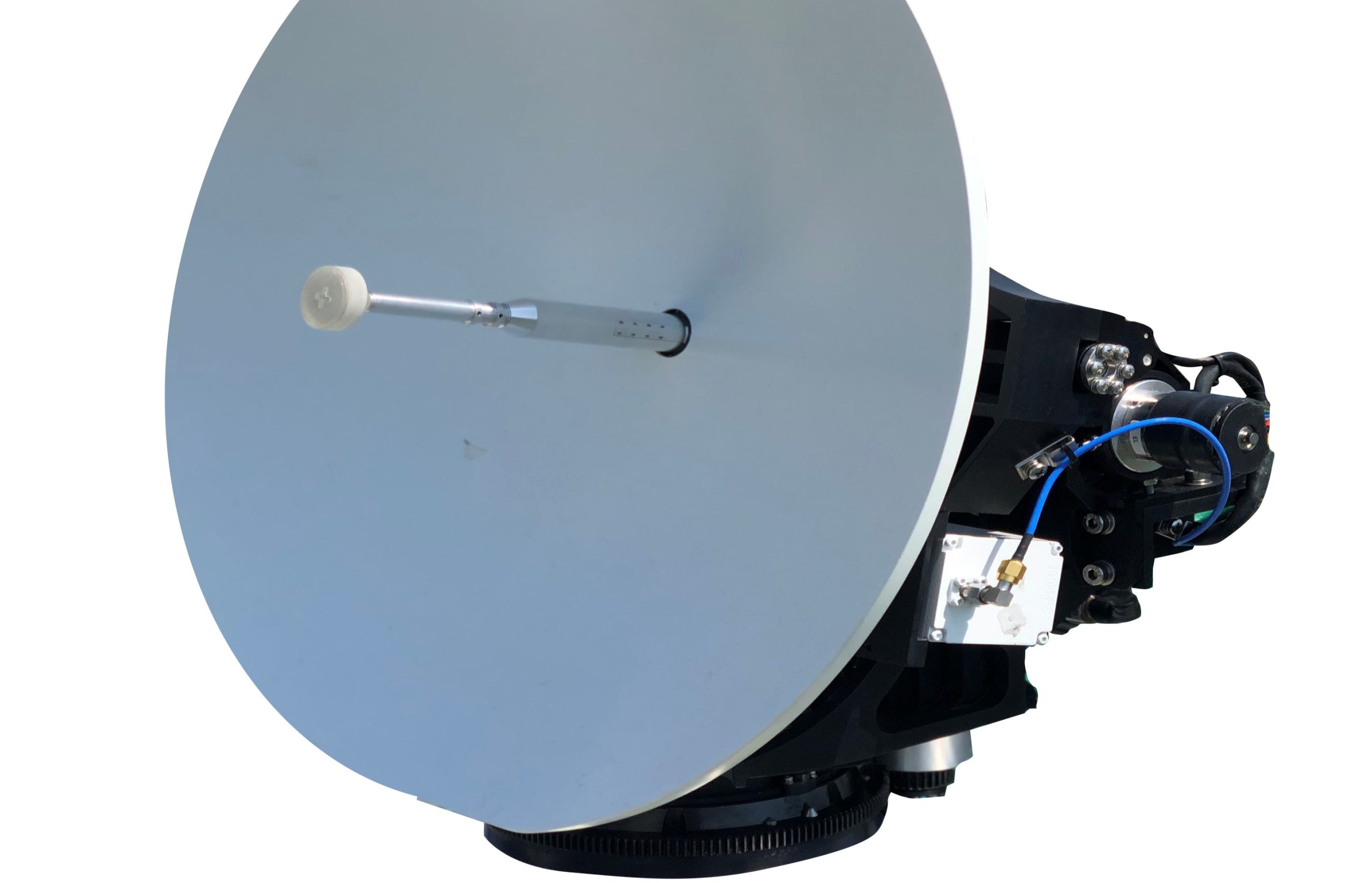On 29 November 2022, Spacecom, the Israeli satellite services provider and owner-operator of the AMOS satellite constellation, announced that they along with Orbit Communication Systems, a communications provider, had completed of a series of performance tests of Orbit’s MPT30 and MPT46 multi-purpose airborne satellite communications terminals. The systems successfully completed the trials via Spacecom’s using the Ka-band channels of the AMOS-17 communications satellite. This is the most recent of the AMOS series, and was launched on 6 August 2019.
According to the company, Orbit’s MPT30 terminal delivered an approximately 140 Mbps forward link and a 40 Mbps return link, while their MPT46 terminal delivered a 50 Mbps return link with ample fade margins. The MPT terminals reportedly maintained uninterrupted connectivity to the network during all flight simulation phases tested. The achieved data rates were sufficient to permit sending/receiving high-resolution video and data in real time from multiple onboard sensors.
Orbit’s modular, multi-role MPT30 and MPT46 terminals are fitted with compact 30 cm or 46 cm antennas, and can operate in both commercial and military Ka-band. The terminal is a Line Replaceable Unit (LRU), consisting of an RF antenna assembly, a Ka-band Power Supply Unit (KPSU) and a Modem Unit.
The AMOS-17 provides communications coverage over the Middle East, Africa, and Central Asia. It is equipped with C-band and Ku-band transmitters, as well as with steerable Ka-band spot beams, with the latter enabling users to conduct manual or automated beam steering for improved signal strength. Keeping the relevant transmitting/receiving platform within the beam’s centre provides the greatest signal strength.
MC








